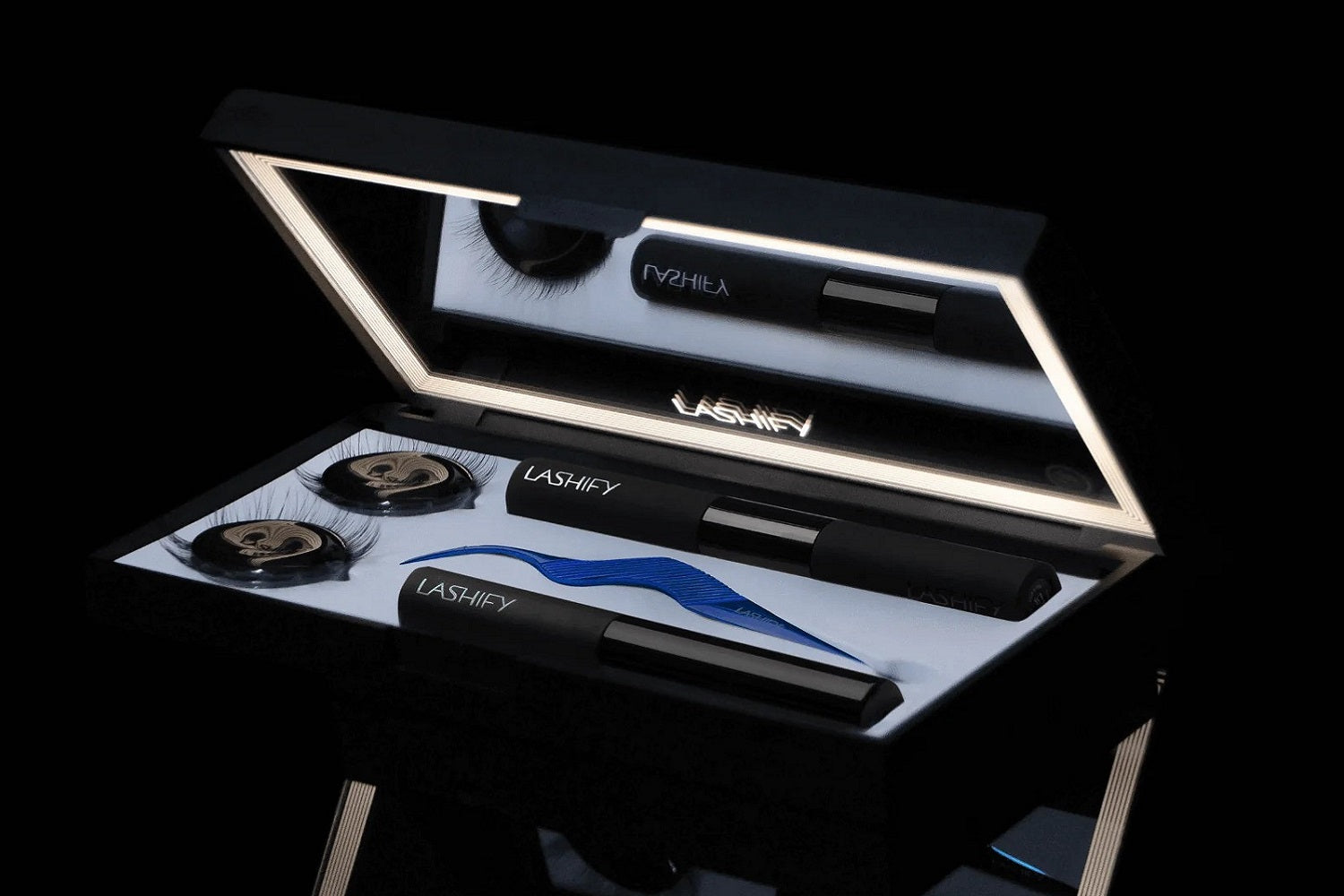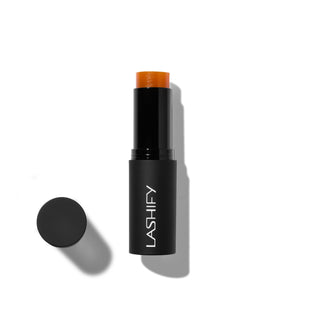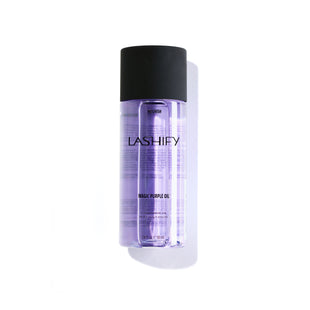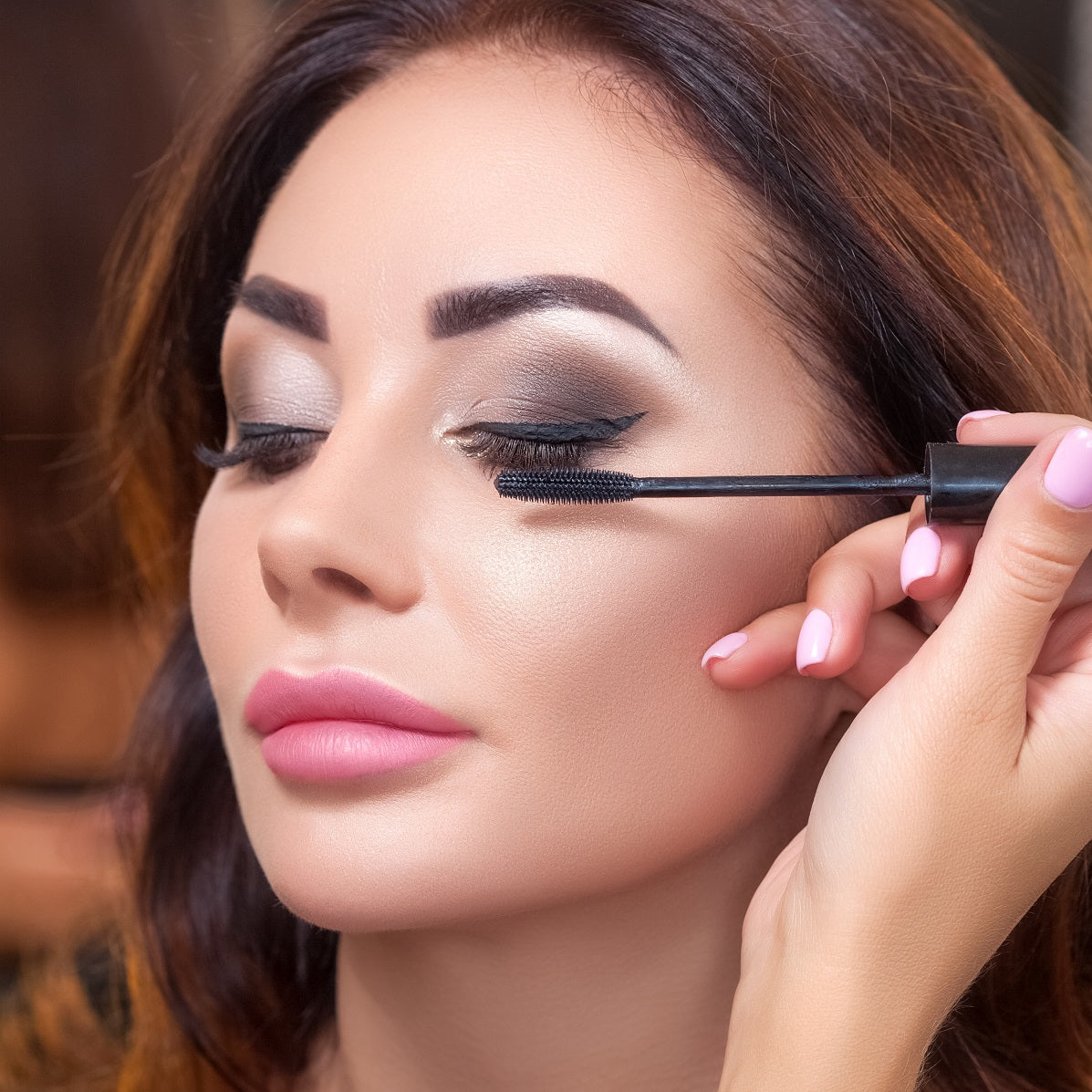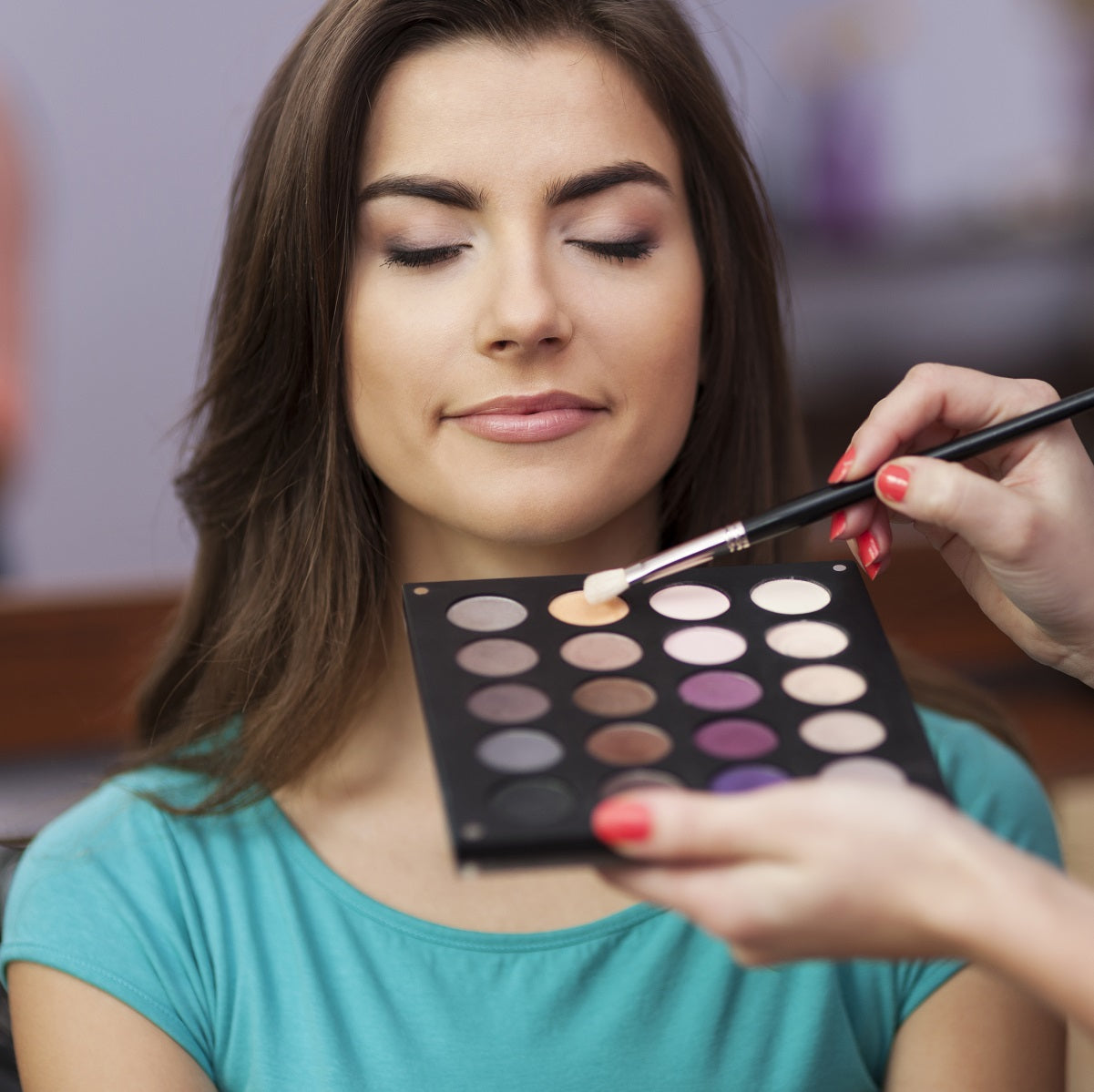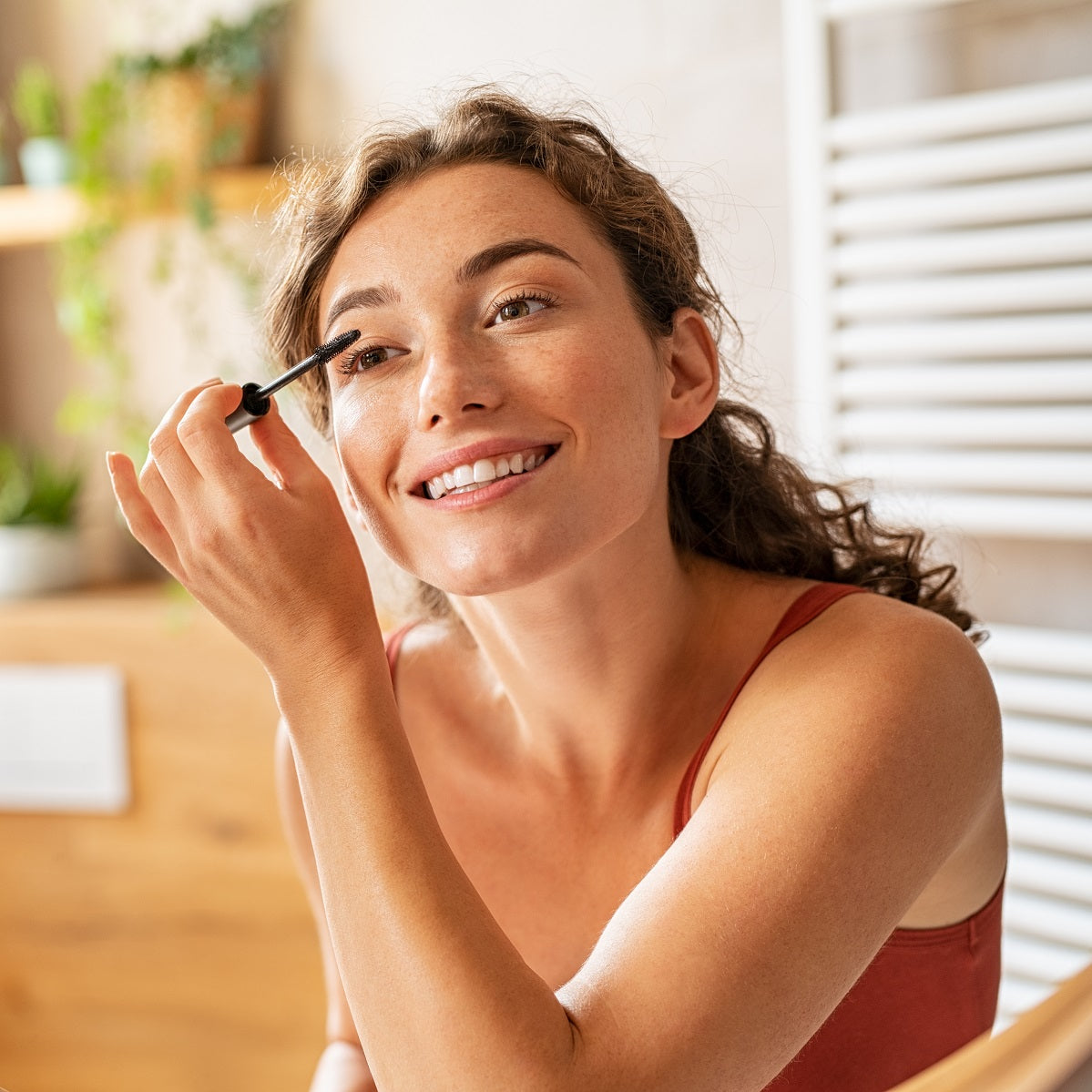The world of beauty, skincare, and makeup products has become vast and varied through the years. Countless active ingredients in those products, most of which the general population doesn’t look too closely at, come into contact with our skin daily. Because of this, it comes as no surprise that allergic reactions to these ingredients are pretty common.
The skin on the face can come in many types that will react to products differently depending on your type. One product might dry out oily skin on one individual while causing a breakout on another. Where normal skin might not blink against the introduction of a new skincare ingredient, sensitive skin might struggle with a surge of hives for the next week.
You may have come across these issues over the years, and you may have found tried-and-true solutions to an allergic reaction or learned to avoid the products that cause them altogether. However, while most of these breakouts will likely arise on the face, you may still be unprepared for a reaction in the most sensitive of areas — the eyes.
Most facial products like moisturizers, facial cleansers, or makeup bases are meant to be used in places other than your eyes because your peepers are sensitive. One other product that can cause you trouble is eyelash extension glue. This product that goes about as close to your eye as possible could easily cause unwanted turmoil amidst the ease of your makeup routine for a few reasons.
For those who find themselves allergic to eyelash glue, the reaction can be particularly challenging. So, if you’re an avid lash wearer who deals with adhesives and other eyelash extension products on the regular, keep scrolling to learn what could be a potential cause for an allergic reaction to eyelash glue and how to combat the issue or avoid it before it happens.
How Does Eyelash Glue Work?
Applying your lash glue and falsies is probably second nature to you. As with most products we use every day, our ole’ reliables, we don’t usually think twice about them as we get glam. They’ve never failed us before, so why worry?
Lashes are a special case here, especially if you’re using long-wear extensions and not temporary falsies and eyelash adhesive (although this can still cause issues if you’re not properly caring for them). Many people wonder, are eyelash extensions safe? While you (hopefully) clean off your facial makeup each and every night as part of your nighttime ritual, long-wear extensions will remain. If you’ve ever noticed that your eyelash extensions are itchy or uncomfortable after application, it might indicate an issue with maintenance or sensitivity to the adhesive.
When the lash bond is sticking around for longer than temporary lashes, it’s important to know what exactly is in contact with your skin. Let’s discuss both temporary lash glue and semi-permanent glue to understand what ingredients are living amidst your lashes.
Temporary Glue
Temporary glue is used to apply temporary lashes (the lashes you put on and take off each day). This glue is applied to the long band of a temporary lash and is placed above the upper lash line to blend into your natural lashes. The glue is usually comprised of some adhesive component, solvents, surfactants, and ammonium hydroxide.
Those words might sound big and scary, but each lash glue varies, and the above ingredients are not generally considered toxic in the proper context. Ammonium hydroxide is even considered safe for use in food by the FDA.
This particular combo of ingredients makes the glue easily removable or dissolvable, so it’s simple for everyday use. Where you have to be careful is the placement of the lash. While the glue isn’t toxic to the eyelid, most things will irritate the eye itself, so be careful not to let the glue fall into your actual eye.
Traditional Semi-Permanent Glue
Traditional semi-permanent glue usually lasts six to eight weeks and is applied to each individual lash underneath the natural lash line. This type of lash usually adheres with a cyanoacrylate lash adhesive.
You might know this as a shared ingredient with super glue or crazy glue. It’s important to understand that in liquid form (like these other glues), cyanoacrylate can be an irritant to skin and eyes; when dry, the ingredient becomes inert — so it generally isn’t harmful anymore.
In semi-permanent lash glue, this adhesive provides an incredibly fast-drying and long-lasting option for lashes. When the adhesive interacts with moisture (in the air), it acts to bond surfaces, and while it isn’t toxic to the eye in its dried state, it can form solid lumps that could be irritating to the eyes if not addressed. Noticing the signs of bad eyelash extensions early, such as uneven application or persistent irritation, can prevent further discomfort or damage.
This is why it’s so vital to have the proper knowledge of applying false lashes or have them applied by a trained lash technician to avoid these potential snafus. Improper application can sometimes lead to discomfort, and you might find yourself wondering why eyelashes hurt after extensions.
What Makes Lashify’s Whisper Light Bond™ Different?
Well, first off, Whisper Light is only intended to hold our Gossamers® in place — no other lashes. But the differences don’t stop there.
We formulated our bond with biotin and without cyanoacrylates or formaldehyde, making it suitable even for those with sensitive eyes. Plus, it was developed in an ISO-approved cosmetics manufacturing facility. This means the manufacturing, storage, and shipping practices have been inspected by a third party and were found to be in line with Good Manufacturing Practices.
Common Mistakes When Using Eyelash Glue
Even if you’re a pro at applying lashes, small missteps can sometimes lead to discomfort or irritation. Knowing what to avoid can make all the difference in achieving a flawless lash look. Here are a few common mistakes to steer clear of:
-
Applying Too Much Glue: A little goes a long way. Excess glue can seep into your eyes or clump your lashes, leading to discomfort.
-
Not Letting the Glue Dry Slightly: For temporary lashes, allow the glue to get tacky for a few seconds before placing them. This ensures a better hold and less mess.
-
Ignoring Reactions: If you feel discomfort during or after application, address it immediately rather than powering through. Your eyes deserve the best care!
Signs and Symptoms of an Allergic Reaction to Lash Glue
When dealing with eyelash glue, there are a few ways a problem could present itself. Most of the time, lash lovers might experience mild irritation and not a severe allergic reaction — but allergic reactions are possible.
So, what are the signs of an allergic reaction to eyelash extensions or lash glue?
When the eye is irritated by the application of lash glue, it will most likely present itself as redness in the sclera (the white outer layer of the eye) accompanied by either one of these:
-
Stinging
-
Itching
-
Watery eyes
-
burning sensation
These symptoms may be similar to those of a seasonal allergy, so it's important to identify the cause. For instance, red eyes after eyelash extensions could indicate a slight reaction to the fumes of the extension adhesive. It’s worth giving yourself a break to make sure it’s only a mild reaction. Understanding the difference between an eyelash extension allergy vs. irritation can help you take appropriate action.
When you’re having an allergic reaction to the glue itself, this will look more like a change in the eyelid that appears on both lids sometime 24-48 hours after application. This eyelash extension glue allergy causes the eyelids to become red, puffy, and swollen, stemming from where the lashes were applied, and may be accompanied by the flaking of the surrounding skin.
Think you can tell the difference now? If so, you’re probably still wondering what any level-headed lash enthusiast would be wondering right about now: how do I combat an eyelash allergy reaction if I have one? We knew you’d ask that, so keep scrolling to find the answer.
Remedies and Resolution for Allergic Reactions to Eyelash Glue
How do you remedy an allergic reaction to lash glue? We’re not in the habit of introducing a problem without a solution, so you’ll be happy to learn that the most common remedy to a glue or lash extension allergy is quite simple.
Most often, time heals all. The symptoms of an eyelash extension glue allergy reaction like this often resolve themselves in a few days. However, if the problem persists, here are a few more viable solutions.
Contacting a dermatologist or physician is always a solid option. Professional help up front can alleviate your trouble before it has the chance to get worse.
When lash glue is the cause of your problem, you may have the initial reaction to remove your false lashes entirely. If it’s the culprit, just get rid of it, right? But be careful not to act too quickly here. As mentioned above, the main ingredient in semi-permanent lash glue becomes inert or inactive once it’s dried down. Though it may have caused your problem, it may not actually be perpetuating it.
Taking even more products to remove the false lashes might have a counteractive result and end up irritating the reaction even further. Knowing how to take care of eyelash extensions can also prevent such reactions in the future. We recommend consulting a professional first and foremost if your problems persist past a few days. Better safe than sorry!
Happy, Healthy, and Beautiful
Of course, we love all things lashes here at Lashify®. Our goal is always to inform and empower when it comes to taking control of your lash routine, and we hope that while sometimes the dirty details of your lashes might be overwhelming, you feel large and in charge at the end of the day.
Allergic reactions and irritation of the eye are no joke. Something that starts as a small inconvenience can quickly turn into a larger issue if left untreated. The best way to take action to treat something like this is to know what you’re up against. That’s why we compiled this one-stop shop for easy access.
Now, the next time you take to your lash extension application, you know exactly what’s going on beneath the surface and all the dos and don’ts of how to apply. And if you ever feel stuck or unsure of your next move, don’t hesitate to visit us for the very best in lash advice!
Sources:
- Is Eyelash Glue Toxic? | Poison Control | Accessed on November 27, 2024.
- Questions and Answers about Ammonium Hydroxide Use in Food Production | International Food Information Council Foundation | Accessed on November 27, 2024.
- Eyelash extension allergic reactions: What to know | Medical News Today | Accessed on November 27, 2024.
